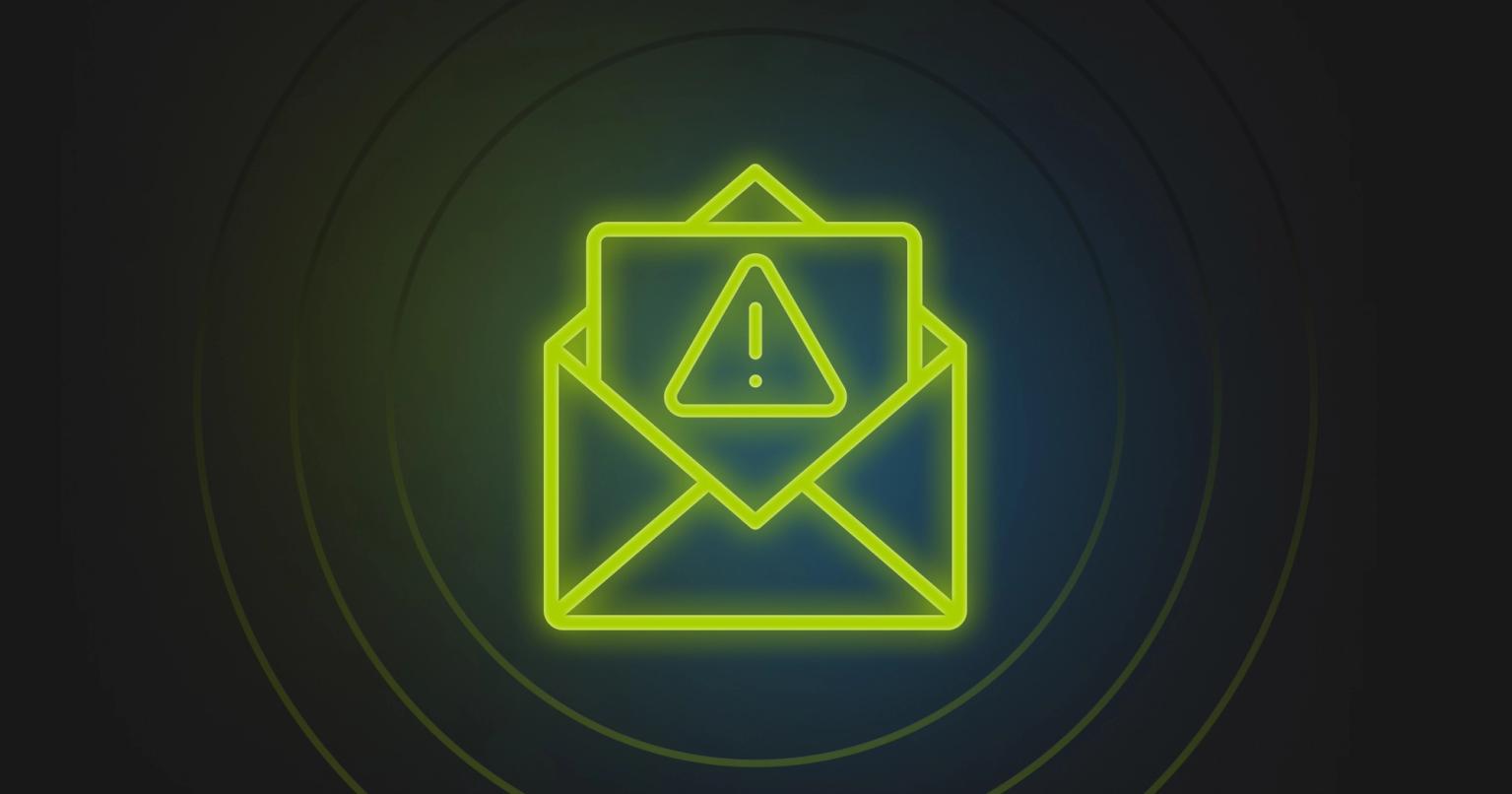Using multichannel data to improve email personalization

Kim Greenop-Gadsby
Marketing, Knak
Published Jan 8, 2021

Summary
Unlock the power of multichannel data for email personalization. Leverage marketing automation platforms to enhance customer engagement and drive results.
To an email marketer, email marketing is their whole world – and rightly so. It’s a massive medium with many moving parts, and the typical email marketer often wears many hats: copywriter, designer, project manager, database administrator, analyst, and more.
I’m an email marketer myself, and I’ve found that it’s easy for us to become so immersed in our email bubbles that we forget that our customers and prospects are likely engaging with other marketing channels as well. Shock! Horror!
I’m here to tell you that this isn’t a bad thing. We can gain an advantage from this multichannel data by using it to improve our email personalization. Here’s how it’s done.
What exactly is multichannel data?
Today’s world has changed, and so has the way your customers interact with brands. Unfortunately, the growing number of devices and channels make it more difficult to analyze the entire customer journey.
So what’s the answer? How do we get a helicopter view of their journey and use that information to benefit the email channel? The answer is easier than you think: pull the data into your marketing automation platform.
I want to make it clear that I’m not suggesting you do this a few years in the future. This is technology that can be leveraged now.
Marketing automation platforms are powerful tools, but the majority of us are only using a fraction of their capabilities, as data integration, technology shortfall, and lack of skills/experience build barriers to marketing automation success. However, some platforms are more sophisticated than others, so before you move too far down this path, double check your platform to make sure it has the ability to integrate multichannel data into its system.
What data do we use?
To gain the benefits, you’ll either need a direct integration to the channels or to a 3rd party application. If you’re on Marketo or Pardot, the easiest solution is to use a 3rd party platform like Zapier. Eloqua users have the option of using Insight Automation integrations by “Put it Forward,” which is an Oracle partner.
Either way, it should connect seamlessly and automatically. Uploading the information manually is too time consuming, and with the rate at which information changes, you risk sending incorrect/old data to the contact.
Within the integration, you can choose the customer behaviours or actions that you want to record. As an example, let’s say you want to collect data from Twitter. Here are some actions worth noting:
- Responded to a tweet
- Became a new follower
- Search mention
Personally, I think deciding what data to capture is the hardest part in the entire process, and I encourage you to collaborate with your stakeholders to determine a plan. Once you’ve decided what to capture, you can send it to your CRM.
How does this improve personalization?
The main benefit of this data is content personalization, and I’m not talking about the standard “Dear {Firstname}”. I’m talking about relevant personalization that will influence your customers’ next purchase and make your message stand out from the crowd.
You may be saying, “This seems to be a lot of work for just some personalization.” Yes, it does take work, but it’s not just personalization: it’s priceless customer insight.
According to Campaign Monitor, personalized email marketing is proven to increase open rates and drive revenue by as much as 760% because it helps marketers deliver more relevant, individualised content. We’re going to cover different types of personalization, but first I want to mention the “creepy” factor.
While personalization can give your contacts a nice, warm, safe feeling that says you’re listening to them and anticipating their needs, it can also lead to your contacts feeling stalked and creeped out. There is a thin line between “familiar” and “creepy,” and it’s all in the language you use.
For example, never use the sentiment “We noticed you browsing” or mention their interactions with other channels. Keep any and all personalization high-level and subtle.
Personalization Opportunities
Here are some different places to utilize personalization, in order of complexity:
- Re-Engagement CampaignsRemember that list of people who don’t engage with your emails? Well, this is where we can use data to drive them back to your active list.A re-engagement campaign is an excellent place to begin incorporating multichannel data in your marketing automation platform. Take a handful of contacts from your dormant list and concentrate on building their interest back into your company. Because it’s a small segment, you’ll be able to review the analytics and make changes quickly, and you’ll gain confidence to expand to more complicated campaigns.
- EmailEmail is the first port of call for most personalization techniques because so many different areas can be personalized within an email, including:
- Subject line
- Preheader text
- Images
- CopyYou may discover that some of your contacts are discussing Product 1 in a particular channel. Now that you have that information, you can tailor your subject lines or preheader text to mention Product 1, and your chances for engagement increase dramatically.Remember: you definitely don’t want to personalize each and every area. Keep it subtle!
3. Nurture CampaignsNurture campaigns range from super simple to extremely complicated, and the nature of the data you’re using will dictate which way each one will go.Depending on what data you’re collecting, your campaign can become laborious and logic-taxing. You’ll need to set clauses within the nurture that take contacts down the correct path.As a very basic example, let’s say you’ve launched a new product and you want to upsell to your current customers. To gather the multichannel data, you use your marketing automation direct integration or the 3rd party Zapier to set up actions.You place an action on a search query that matches keywords around your new product.
- The action triggers an automated pre-nurture to ensure that specific data is entered into your nurture flow.
- The pre-nurture will go to current customers, which can be filtered as desired.
- They are now ready to start receiving more personalized content and emails.
Why do Marketers keep their heads in the sand?
You may be thinking, “If this is so great, why aren’t we all doing this? What’s keeping the personalization revolution from making a huge impact?”
Here’s what I’ve noticed in my years as a Marketing Automation Specialist.
- Email might be dead?Ah, that old taboo. No email marketer really believes this, but it’s been bandied about so much that it’s always lurking in the back of our minds. We worry that our company may start to wonder why we’re using email at all if so much traffic is going to different channels.Email continues to be a powerful marketing tool, and when it’s used in conjunction with other channels, you get a more complete picture of your contacts’ interests and activities. Each channel contributes to that all-important helicopter view.
- We’re wearing too many hats.Email marketers are always short on resources. Most times we barely have enough time to complete our to-do list, and the thought of onboarding a new process – no matter how valuable – feels like too much.This is why it’s vital to start small. Install the integration yourself, and start with some small tests. Even better if you can begin your testing on yourself and your own data. Once you figure out the nuts and bolts and start to show value, I guarantee that your company will be willing to scale it out.
- We don’t know how to do it.Utilizing multichannel data is new territory for some marketers, and they may feel ill-equipped to manage it. This is common – remember earlier when I mentioned that a staggering amount of marketing automation platform functionality goes unused? Part of the reason for that is that marketers don’t know how to leverage the full potential of the platform, and they don’t have time to figure it out.But there is hope. Depending on the platform you use, white papers and training sessions are available. Reach out to your platform rep and ask for help, and if that doesn’t work, consider bringing in an agency. A skilled, reputable agency will be able to help you very quickly.As is often the case, knowledge is power. Invest the time into learning what you need to learn now, so even if you can’t implement this yet, you can prepare by building it into your roadmap for the (near) future.
- Change is frightening.Even if you are a personal trailblazer for innovation, you may work with a company or stakeholders that are resistant to change, especially where data is involved.You may hear, “Hey, things have worked so far, right?” Well, sure – they may have worked so far, but are they as good as they can be? Are they getting the results you want?Pushing an entire organization to change is difficult, so do it gradually and on a very small scale. Once the stakeholders start to see and understand the results of your controlled testing, they will be happy to proceed. Make sure your reporting is solid, and push ahead. Innovate or die.
- Our infrastructure can’t keep up.Perhaps your marketing automation platform isn’t advanced enough to handle this. These platforms are a significant financial investment, so if you’re thinking of switching to a new one, check to see if it’s equipped to handle multichannel data.Even if you’re not ready to use it quite yet, I guarantee you’ll want to have the functionality down the road.
Data analysis wasn’t built in a day
Change – especially large scale change – doesn’t happen overnight. Start incorporating multichannel data into your marketing automation slowly, and avoid making huge, sudden changes to your database. You certainly don’t want to break anything before you’ve established a productive approach.
If done correctly – with the right tools and strategy – this can be a painless and rewarding venture. Best of all, it takes the guesswork out of marketing and allows you to leverage customer data and automation to deliver a cohesive multichannel experience.
It’s the end of channel silos, and it’s a win for everyone.











